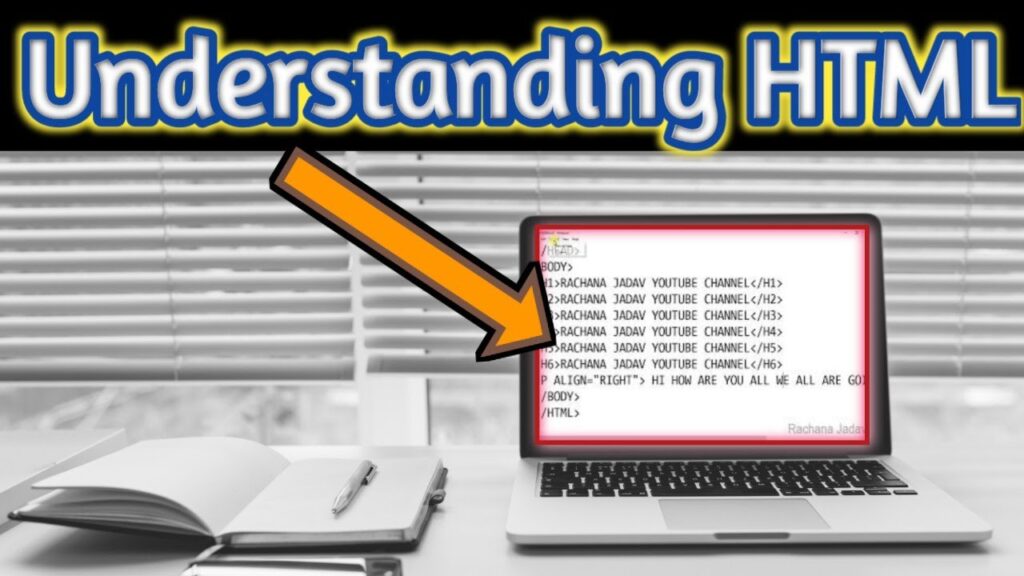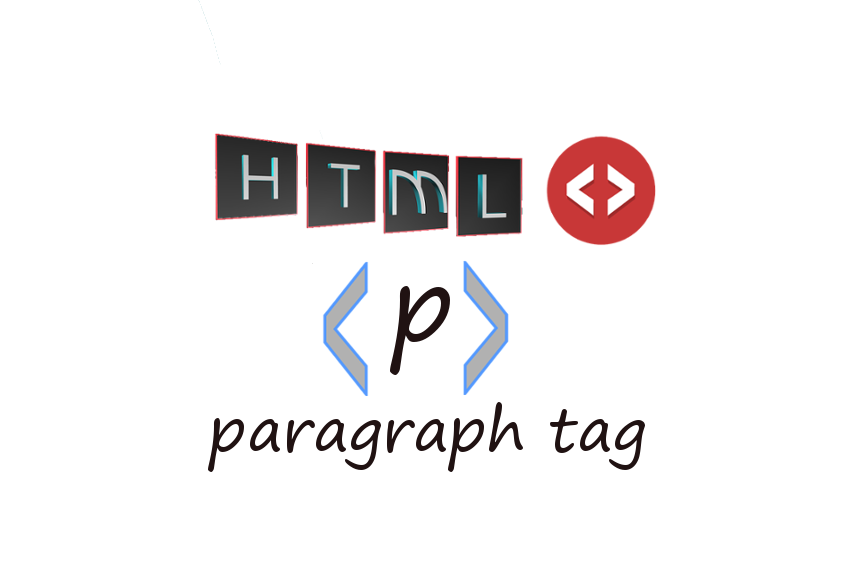HTML is the foundation of web development. Learning the basic HTML tags is crucial if you want to create web pages. HTML tags are the building blocks of every website. In this article, we will provide a beginner’s guide to mastering basic HTML tags.
Table of Contents
Understanding Basic HTML Tags

HTML stands for HyperText Markup Language. It is a markup language that is used to create web pages. HTML tags are used to define the structure and content of web pages. Every HTML document starts with the <html> tag and ends with the </html> tag.
Headings
Headings are important because they give structure to your content. There are six levels of headings, with H1 being the most important and H6 being the least important. To use a heading, you simply surround the text with the appropriate heading tag.
Paragraphs

Paragraphs are used to group related sentences together. To create a paragraph, you simply wrap the text in a <p> tag. You can use as many paragraph tags as you need in your document.
Links
Links are used to connecting web pages. To create a link, you use the <a> tag. The href attribute is used to specify the URL of the page you want to link to. You can also use the title attribute to provide additional information about the link.
Images
Images are an important part of web design. To insert an image, you use the <img> tag. The src attribute is used to specify the URL of the image. You can also use the alt attribute to describe the image.
Lists
Lists are used to organize content into an ordered or unordered list. To create an unordered list, you use the <ul> tag. To create an ordered list, you use the <ol> tag. You then use the <li> tag to specify each list item.
Tables
Tables are used to display data in rows and columns. To create a table, you use the <table> tag. You then use the <tr> tag to specify each row and the <td> tag to specify each cell.
Forms
Forms are used to collect data from users. To create a form, you use the <form> tag. You then use the <input> tag to specify each form element. There are several types of input elements, including text fields, checkboxes, and radio buttons.
Divs
Divs are used to group related content together. To create a div, you use the <div> tag. You can then apply CSS styles to the div to control its appearance.
Conclusion
In conclusion, mastering basic HTML tags is essential if you want to create web pages. Understanding the basic HTML tags such as headings, paragraphs, links, images, lists, tables, forms, and divs will help you create functional and visually appealing websites. HTML is the foundation of web development and learning the basics is the first step to becoming a skilled web developer.
Remember to use the appropriate tags for each element and always make sure your HTML is valid. There are many resources available online to help you learn HTML, including tutorials, forums, and online courses. With practice and dedication, you can become a proficient web developer in no time.